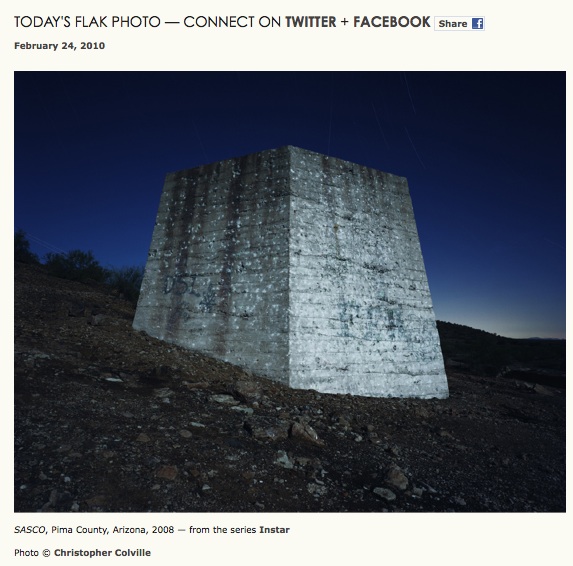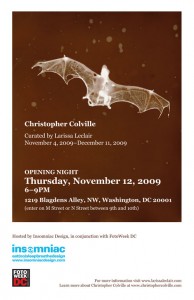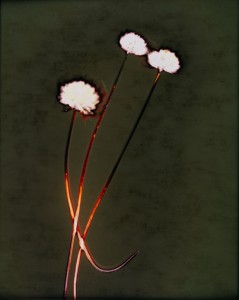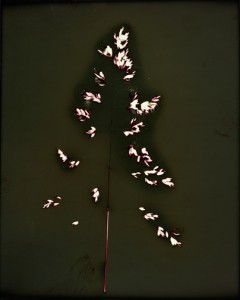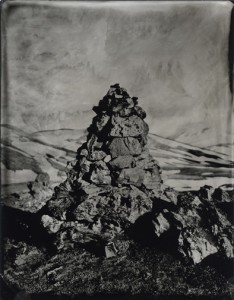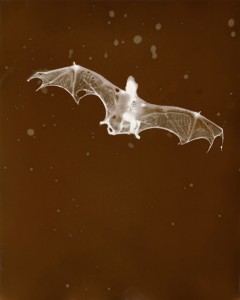Arizona-based photographer, Christopher Colville is an up-and-coming star. Colville is redefining landscape photography and pushes the boundaries of the medium by embracing traditional and experimental processes. Through his imagery he explores the cycle of life, the passage of time, history, and our relationship to the landscape. Back in November 2009, I interviewed Chris right before his show opened at FotoWeekDC. The exhibition included work from three of Colville’s series – “Emanations,” “Iceland Trilogy” and “Sonoran Project.” Since the exhibition Chris has received the New Photographers Grant from the Humble Arts Foundation and was recently selected for Graphic Intersections v. 02 by The Exposure Project. And today, work from the series “Instar” is the featured photo on Flak Photo.
As mentioned in photographer Elizabeth Fleming’s blog, I have known Chris for a long time. He is a talented photographer flying under the radar. I’m glad his work is getting out there.
(This intro and interview were originally published in ArtVoices Magazine, December 2009.)
In his first solo show in Washington, D.C., Christopher Colville, photographer and teacher at Arizona State University, explores the themes of time as manifested in death and memory in a selection of work from his series “Emanations,” “Iceland Trilogy” and “Sonoran Project.”

Emanation #1, Edition of 7, 42.5"x9.5" © Christopher Colville
Colville pushes the boundaries of the medium, embracing traditional and experimental processes. Included in his contemporary photographic work are photograms, ambrotypes, and decay-generated images. In “Emanations,” it is the energy given off from a decaying squid that exposes the photographic paper. Colville records this journey of life, of self, of death, in a myriad of colors that conjures up cosmic matter, unknown worlds, micro and macro ecosystems. It is ephemeral and magical.
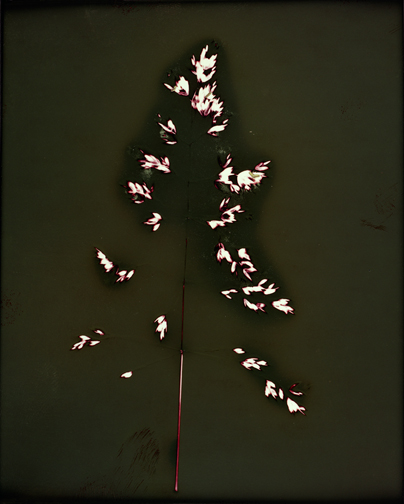
7/19/06, unfixed P.O.P photogram, 7"x5.6" ©Christopher Colville from Small Tragedies
“Iceland Trilogy” is an interconnected body of work of ritual and connection to the landscape. Two series within “Iceland Trilogy,” Cairns and Small Tragedies, are intimately tied together in terms of the artist’s ritual of creating one photograph each day in the Icelandic landscape of his ancestors. Cairns themselves are stones used to mark pathways, as well as markers placed as memorials to the dead. Colville reflects on his own intersection with the path of others – now and of the past.
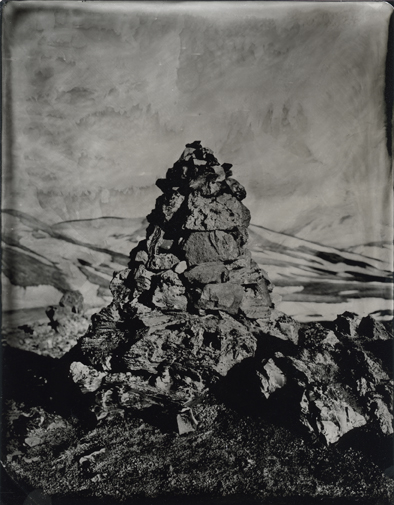
7/23/06, Wet-Plate Ambrotype, 7"x5.6" ©Christopher Colville from Cairns
“Sonoran Project” is one of Colville’s latest body of work. Life in the Arizona desert is both miraculous and tenuous. In the vast landscape there are traces of life in all stages. His photograms capture a mythical spirituality of the natural world.
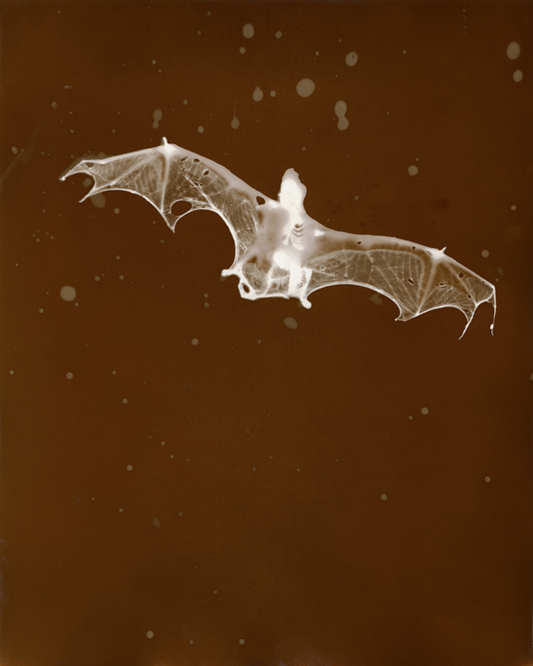
Bat, 2009, Edition of 12, 18.4" x 23", P.O.P. photogram ©Christopher Colville from the Sonoran Project
This selection of work seen together for FotoWeek DC, explores the cycle of life, the passage of time, history, and the landscape that embodies us all. The exhibition “Christopher Colville” is on view November 4 – December 11, 2009.
Larissa Leclair: Your process behind the “Emanations” series is absolutely amazing. This is an older series of work, but I am always drawn back to it. Who or what was your inspiration for that?
Christopher Colville: I wanted to make images that hinted at our connection to a more organic reality and the transformative nature of life. At the time I was thinking about how to do that photographically I was reading “The Beauty of the Husband” by Ann Carson and was struck by the passage, “[a] wound gives off its own light surgeons say. If all the lamps in the house were turned out you could dress this wound by what shines from it.” Carson’s quote brought to life a beautiful image of the power of healing and the suggestion that through pain we grow stronger and more full. That same week I learned from a friend that squid glow as they decompose and I couldn’t let go of the vision of an organism giving off energy in death. I think we all want to feel connected to something greater than ourselves, whether that is a religious spiritual connection or just an organic redistribution of our bodies providing nutrients for life after we die.

©Christopher Colville from Emanations
LL: I see that mythical spirituality of the natural world in all your series. Do you have any other contemporary influences?
CC: I have been thinking a lot about the work of Fredrick Sommer, Richard Long, Gabriel Orozco. Most recently I found the work of Cai Guo-Qiang extremely inspiring. I have also recently been influenced by the writing of David James Duncan and Cormac McCarthy.
LL: In William Jenkins’ essay in “Michael Lundgren: Transfigurations” (Radius Books, 2008) he begins, “[n]ot long ago Mike Lundgren, two others and I were camping in one of the most beautiful Sonoran desert landscapes I have ever encountered.” I know you have been camping many times with Mike Lundgren. Might Bill Jenkins be referring to you as well in this sentence?
CC: Probably not, but as it happens I am heading into the desert with Bill Jenkins, Mark Klett and many other ASU photo faculty and graduate students this weekend. Last week I spent four days in the Pinacate with Mike Lundgren and Richard Lagharn. We have a great community of artists living in the Phoenix area, many of whom seek refuge or solitude in the Sonoran Desert. One of the best things about living in Phoenix is the ability to leave the city quickly. For those people that are tuned in, the desert’s calling is hard to resist and sometimes it calls us out in packs.
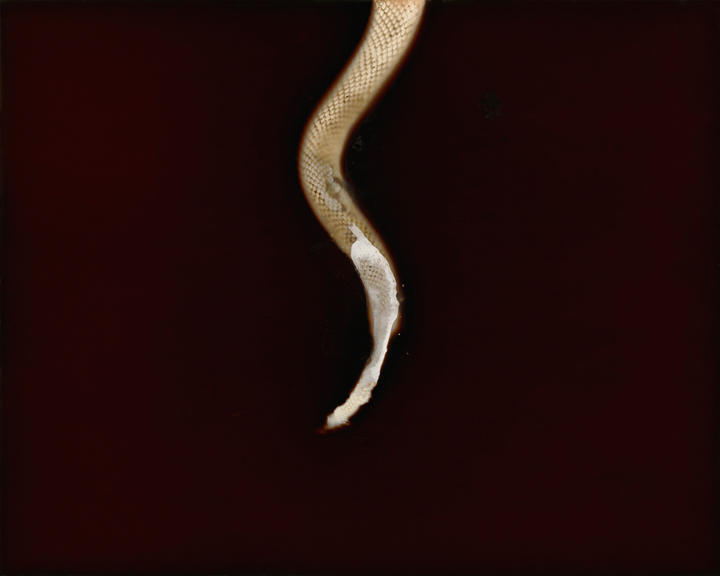
©Christopher Colville from the Sonoran Project
LL: One of your latest series is the “Sonoran Project.” Can you describe the terrain of the Sonoran desert and how it is to photograph there?
CC: I don’t know if I will ever fully be able to describe the Sonoran desert and that is part of the reason I am compelled to spend time there and make work there. The terrain varies so greatly from seemingly barren flats to lush riparian areas as well as unforgiving mountain ranges. In the summer you hide from the sun by day and work through the night and in the winter the days are luminous and the nights are frigid. The terrain challenges you but at the same time I feel more at peace out there than anywhere else. In addition, the rich cultural history embedded in the landscape reveals itself in a way that resonates with my desires in art-making and enable me to feel connected to this greater history.
LL: Creating each one of your bodies of work seems to incorporate a prolonged period of time in the environment that you are photographing in–a journey if you will–and an exploration of self both physically and mentally. Do you agree?
CC: Yes. I am not interested in just documenting space. Instead my desires are more internal. They lay in an arena of sharing experience through the transformative process of image making. Life in the desert is both miraculous and tenuous. The harsh reality of the desert and the complex transitions speak to the evolution of life. The shifts in extremes–in the Sonoran Desert, in Iceland, and in life–resonate with the extremes of human emotion. In these spaces there is no insulation, yet life erupts from the most unexpected places. Spending time in the desert brings me closer to an experience that can escape the confines of language. It is an experience that is more essential, more tied to the immediacy of life. I feel that these more essential experiences reveal a lot about an individual. My work has always been about learning who I am–an internal dialogue that resonates on a broader level. How do we connect to this world? There is always a journey.
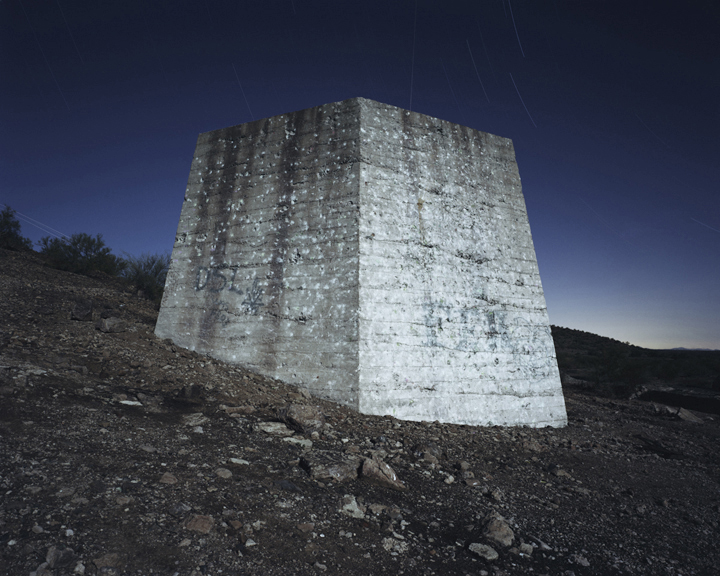
©Christopher Colville from Instar
Colville’s series Instar is also from the Sonoran Desert. About this work he says:
“Instar” describes the periods between successive molts of a caterpillar as it sheds its exoskeleton before reaching sexual maturity. Each molt leaves marks and scars on the body of the organism as evidence of its previous existence, similar to the marks left on the earth from natural events as well as the scars left on the landscape as we manipulate it for our needs.
I am interested in making images that translate the wonder and horror embedded in our landscape by these manipulations. The images in this portfolio represent one sequence from a growing body of work that uses the transformative power of photography to speak to our fears of life, death, and regeneration. These images reveal visions both apocalyptic and miraculous while searching for the possibility of redemption and beauty.
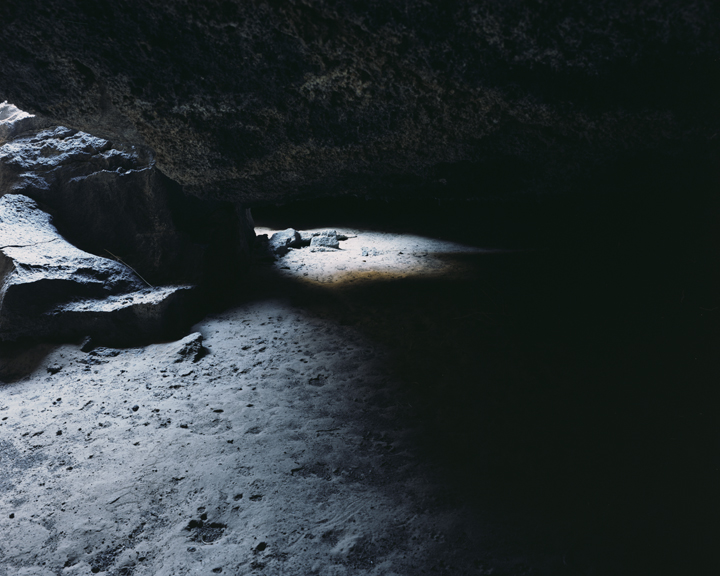
©Christopher Colville from Instar
To see more of Christopher Colville’s work, visit his website.
